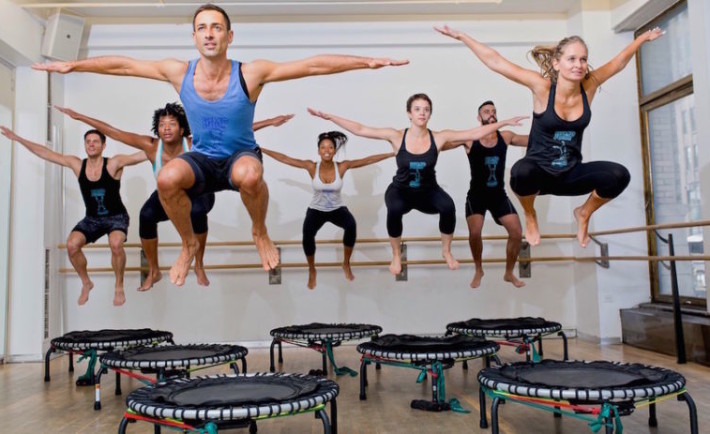A follower on FB writes in with a question about the effect of trampolines on fascia:
Hi! I’ve been a fan of AT for years and have been wondering about the effect of trampoline exercise on the fascial system.
I learned that being in an antigravity environment can change fluid distribution in the body. Since our fascia is composed of mostly water – I’m wondering if jumping on a trampoline can help to “hydrate” or move fluids throughout the body including areas that might be more dry? I believe the Power Plate (vibration plate) can do this and the mini-trampoline also has a vibratory effect from what I understand.
I read that “with no gravity pooling blood and other fluids in the lower parts of your body, fluids redistribute throughout your anatomy. The brain interprets this as a high fluid level and causes you to excrete more fluids.” If this is the case in a zero gravity environment, I’m wondering if this is the case during the zero-gravity moments while exercising on a trampoline would have the same effect?
I’m having trouble finding information on this topic.

Tom replies:
Surface tension has a lot to do with fluid distribution. Gravity is a factor, but we don’t all have elephant legs because the water is held up in our bodies by surface tension.
You will need to convince me – and as you say, there is little research – that either Power Plates or trampolines do in fact help redistribute fluids more than, say, running or skipping rope or standing on your head.
The research shows that fluid distribution is a matter of 1) relaxing, 2) how sticky your body milieu is (which rests on diet), and 3) squeezing the sponge of the tissue all over your body with complete exercise and stretching.
I find people these days are trying to outsmart the body with devices, clothing, Fitbits, etc. The body is waaaaaaay smarter than we are.
Tom





